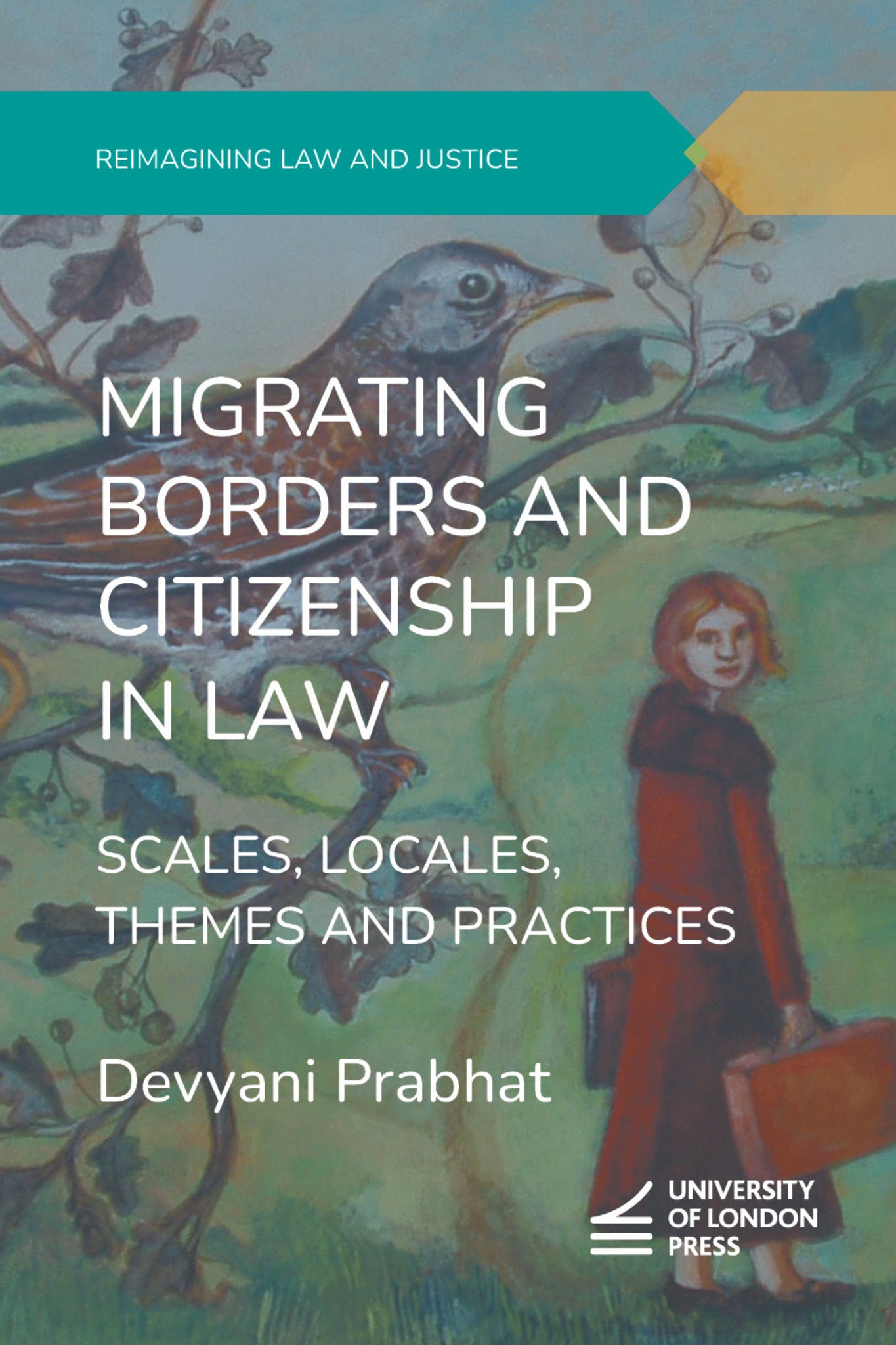We're sorry. An error has occurred
Please cancel or retry.
Migrating Borders and Citizenship in Law

Some error occured while loading the Quick View. Please close the Quick View and try reloading the page.
- Format:
-
19 March 2026

Borders not only demarcate nations and territories, but transform people into migrants. Hand-in-hand with law and law enforcement, borders create residents and foreigners. The law ascertains who crosses borders and who does not, and who remains foreign despite being within national borders.
Migrating Borders and Citizenship in Law argues that law has multiple roles and mechanisms for breathing life into borders, operating at different locales and scales (from worldwide to the nation; from the family to the workplace), and through different practices, for example, preventing entry or withholding access to resources. It examines case law, legislation and press accounts relating to several key events in recent times that have changed the legal landscape on migration control, such as the Immigration and Nationality Acts in the UK, the end of empire, the arrival of Empire Windrush, Brexit, Covid and the case of Shamima Begum. Focusing on race and ethnicity, gender and class, as well as crime and control, the book contextualises the legal debates around these historical and political developments, the question of who belongs, the consequences of behaviour for immigration status and citizenship, and the links with conduct and national security.
With its wide interdisciplinary framing of the law, drawing from sociology, politics, philosophy and history, this groundbreaking book will appeal to all readers with broad interests in migration studies.

LAW / Emigration & Immigration, Migration, immigration and emigration, SOCIAL SCIENCE / Emigration & Immigration, SOCIAL SCIENCE / Refugees, Refugees and political asylum, Citizenship and nationality law, Public international law: territory and statehood, Law: Human rights and civil liberties

Devyani Prabhat, inspired by her grandmother’s and mother’s migration experiences, brings together the many ways the law sorts people into those who belong and those who don’t, both across and within states. From its imperial origins to present-day immigration controls, she also shows how ‘bordering’, broadly understood, invades homes, workplaces and neighborhoods. A deeply impressive study.
— Steven Lukes, Professor Emeritus, New York University, USA
-
Introduction
-
Part I Scales and locales of migrating borders
-
1 Bordering empire
-
2 Empire into nation state: bringing home the colonial hostile environment
-
3 Bordering a continent and a country: EU and the UK
-
Part II Themes and practices of migrating borders
-
4 Bordering the workplace
-
5 Bordering families
-
6 Bordering globally: emergencies of health and security
-
Conclusion



